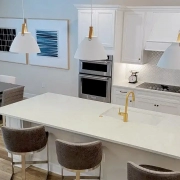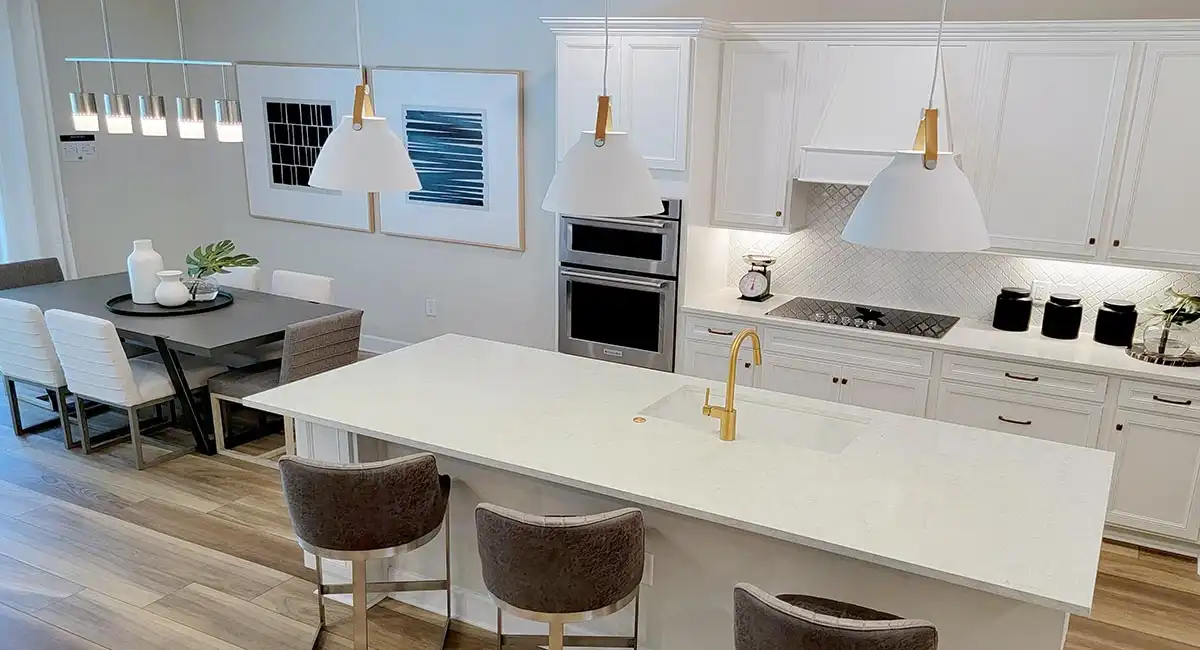If you’re wondering how edgebanding works, you’ve come to the right place. There are several types of edgebanding, including solid wood, ABS, PVC, and peel-and-stick edgebanding. Let’s take a look at each type. If you’re not sure what you need, here are some tips:
Solid wood edge banding
Solid wood edge banding is a great option for finishing the edges of your furniture. This material not only looks great, but it also plays a crucial role in keeping moisture out of the wood. It also improves durability and resilience. It adds a radial effect to the edge, softening the sharp angles and creating a glossy finish.
Solid wood edge banding is available in a variety of colors, sizes, and materials. It comes pre-glued with a hot-melt adhesive and is easy to install. The edge banding can also be cut to size. Typically, the material is sold in rolls that are 7/8″ wide and 25 feet long.
ABS
ABS edge banding is a material that delivers a high-grade finish to furniture edging. This thermoplastic is environmentally friendly, safe and cost-effective. In addition, ABS is a formaldehyde-free material that can be safely disposed of with wood waste. Its advantages over its PVC counterparts make it a great choice for furniture edging.
ABS is a polymer composed of three chemical monomers: acrylonitrile, butadiene, and styrene. Each monomer has different properties, and the combination of these properties provides a high strength and high-gloss finish. The process of applying ABS edge banding does not require adhesives or other methods to bond the material to the substrate. In the process of applying ABS edgebanding, the base layer of polypropylene bonds with the substrate, filling any voids or pits. The edgebanding is then coated with a special lacquer, providing an attractive and reflective surface.
PVC
PVC edge banding is a great way to add protection and value to your furniture. It can be used on wood and other materials. This article explains how to install it and gives tips for selecting the best type of edge banding for your project. Read on to learn more about the benefits of PVC edgebanding.
PVC edgebanding can be found in thousands of different colors, widths, thicknesses, and textures. With more choices coming on the market every day, you can find a PVC edge banding solution that perfectly complements the finish and style of your home.
Peel-and-stick
Peel-and-stick edgebanding is an economical, easy way to apply trim edges. It is pre-applied with PSA adhesive, making it a quick and easy way to apply trim edges to a variety of projects. Peel-and-stick edgebanding is available in several styles, sizes and finishes.
Edgebanding comes in three common colors: white, black, and yellow. It is backed with fleece and is waterproof. It is easy to trim with a utility knife and is suitable for a variety of applications.
Hardwood edging
Hardwood edging is used to create a seamless transition between two types of materials. It is a very common design choice in interior and exterior applications. It is used on both plywood and hardwood panels. This type of edging requires no sanding and can be painted, stained, or sealed to preserve its natural beauty.
Edging plywood is usually easy to install. It starts by preparing the plywood. The edges should be smooth and straight, which will allow the glue to adhere properly and maintain the strength of the wood. After that, attach the edging to the plywood using glue. Gluing plywood edging requires patience and some basic techniques.





Leave a Reply
Want to join the discussion?Feel free to contribute!